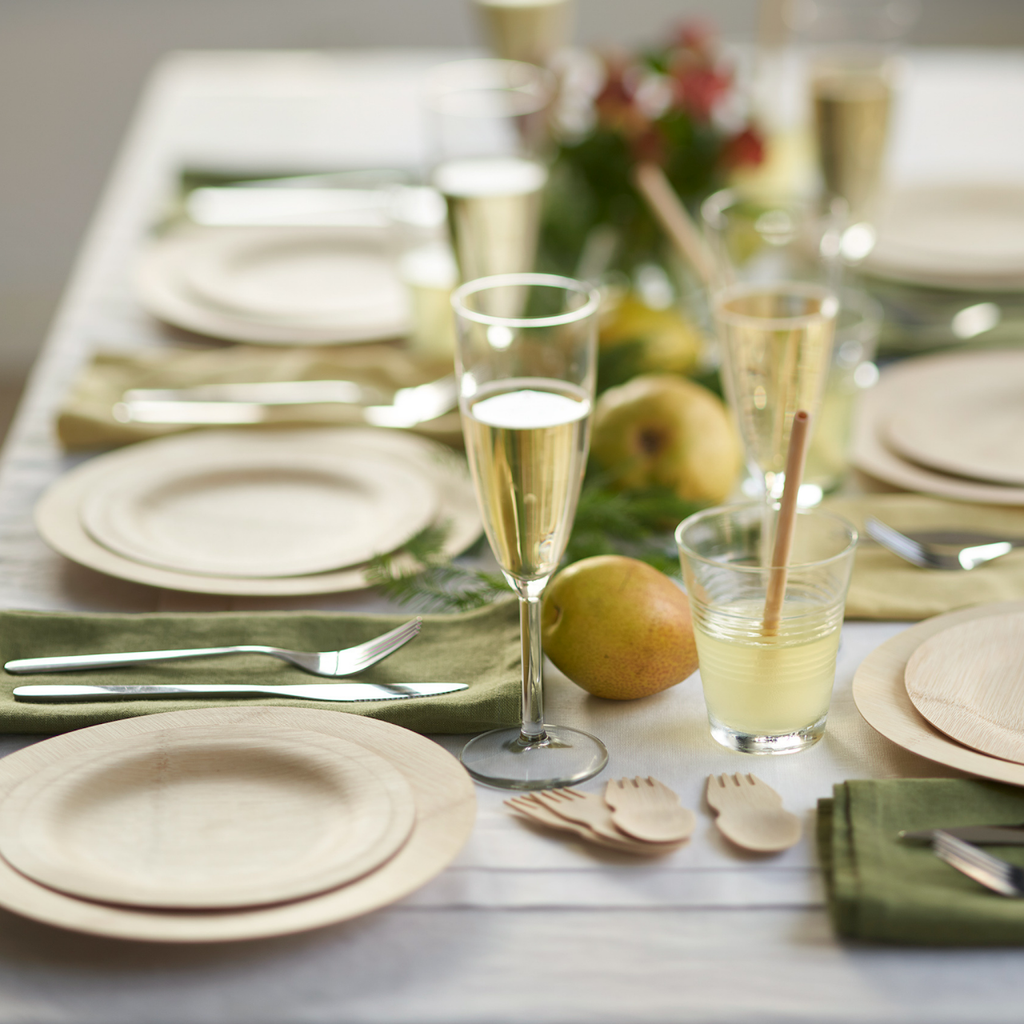Green living might be trending these days, but it’s also an increasingly important way to protect our health and lower our impact. Whether you are brand new or an eco-aficionado, these tips are easy to implement and offer big benefits.
Living sustainably is becoming increasingly important as we strive to reduce our impact on the environment. One way to do this is by making changes to our homes. From reducing energy consumption to using eco-friendly materials, there are many steps you can take to create a more sustainable living space. Here are seven easy tips to get started.
Discover What’s Filling Your Trash Bin, And Switch To Reusable Alternatives
While digging through the trash isn’t typically a fun activity, paying attention to what toss can be eye-opening. After all, it’s hard to know what solutions you need if you aren’t sure where the problem is.
So, before buying the newest “sustainable” products, take a second to see what is causing trash in your home. Is it single-use coffee cups? Consider investing in a thermos. Takeout containers? Try cooking at home more, or bringing your own storage containers to pack up any restaurant leftovers. Is your trash bin mostly filled with plastic from food packaging? Try shopping the perimeter of the grocery store- you’ll often find foods with less packaging. When you leave the store with less packaged food, your trash will automatically be lighter.
Switch To Energy-Efficient Light Bulbs
One of the easiest ways to make homes more sustainable is by switching to energy-efficient light bulbs. These bulbs use up to 80% less energy than traditional incandescent bulbs and can last up to 25 times longer. Not only will this save you money on your energy bills, but it will also reduce your carbon footprint. Look for bulbs with the ENERGY STAR label for the most energy-efficient options.
Use Natural Cleaning Products
Switching to natural cleaning products is not only better for the environment, but it’s also better for our health. Many conventional cleaning products contain harsh chemicals that can be harmful if ingested or inhaled. Natural cleaning products, on the other hand, are made from plant-based ingredients and are free from harmful chemicals.
With more research, testing, and comsumer pressure, natural products have become much better (and more readily available). However, to ensure your products are green and not just greenwashed, look for the USDA BioPreferred certification. Products that have it are tested to ensure they’re made with natural, plant-based materials. And, consider choosing plastic-free alternatives to synthetic cleaning tools like sponges and dishcloths.
Start A Compost Bin Or Join A Compost Service
Composting is one of the best ways to reduce our homes carbon emissions. And, with nearly 40% of food in the United States going to the landfill, its easy to see why this step makes such a big impact.
Composting has a reputation for being messy or smelly, but new alternatives are changing that. If you’re lucky enough to have a local compost service, join it! They’ll usually set you up with a compost bin and collect your compost weekly or bi-weekly. Outdoor compost bins keep any smells far from your kitchen, and a collection service takes the work off your plate.
If that’s not an option, consider a backyard compost bin. For those with the space, this is a great way to turn food scraps into nutrient-rich soil that your plants will love!
Live in a small space? Consider a composting machine like the Lomi. This impressive device uses heat and movement to compost in mere hours. And, it can also break down commercially-compostable items that often can’t be composted in home . There are other systems too. Check out a list of other suggestions here. https://www.thecompostculture.com/best-electric-kitchen-composters/
Bonus: Have hard to compost or recycle items (think: batteries, complex packaging, plastic film)? Try Ridwell. They recycle hard-to-recycle materials. And, they’ll pick them up at your door.
Install A Programmable Thermostat
Another easy way to make your home more sustainable is by installing a programmable thermostat. This allows you to set the temperature in your home based on your schedule, so you’re not wasting energy heating or cooling an empty house. You can also set the thermostat to automatically adjust the temperature when you’re asleep or away from home.
Beyond the energy-saving benefits, a programmable thermostat can save you up to 10% on your energy bills each year! Look for a thermostat that is ENERGY STAR certified for the most energy-efficient option. If you’re often away from home, or the temperature fluctuates a lot between day and night, this can be a fantastic way to green your home.
Green Your Laundry Routine
Laundry is one of those things that we do on a consistent basis, but we don’t always consider the impact. If you live in a dry climate, consider ditching your dryer and letting your clothes hang to dry. Particularly in the summer months, this can reduce your energy usage (and give you clothes a fresh smell).
Beyond the dryer, take a look at the detergent you use. Many laundry detergents have harsh chemicals and fake scents. Look for one made with natural yet hardworking ingredients (like baking soda) instead. And, consider the packaging, too. This unique solution has turned laundry detergent from a liquid (which requires a single-use plastic bottle), into a sheet (yep- like dryer sheet). The result? Zero-waste detergent that’s also mess-free and travel-friendly.
Finally, consider purchasing a Guppy Friend bag for any items of clothing made with synthetic fibers. This keeps tiny microplastics from shedding off your clothes and into our water sources.
Dextox Your Kitchen
When you’re working towards a sustainable home, it makes sense to put some focus on the most used room in your house. Not only is this a space where you spend the most time. Cooking and eating directly affects your health, and they have a big impact on the planet, too.
Start your detox by taking stock of what’s in your kitchen. Identify any items that are potentially harmful. Like Teflon or other chemically non-stock pans, plastic cooking utensils, and plastic storage containers. These items contain chemicals that can be detrimental to your health.
Where you can, switch to clean, long-lasting alternatives. It might not make sense to overhaul your kitchen overnight, and that’s ok. You can start with cost-efficient switches like moving away from plastic, silicone, or glued and laqucered wood and bambo utensils. And switching to organic bamboo cookware and cutting boards. Or, swap out a set of teflon plans for one multi-functional cast iron pan.
Over time, focus on replacing items that harm people and planet with those that are made with safe, natural materials. Look for non-toxic cookware that’s free of PFOAS, cooking utensils that are free of chemicals, glues, and adhesives, and reusable storage containers made of glass or stainless steel.





